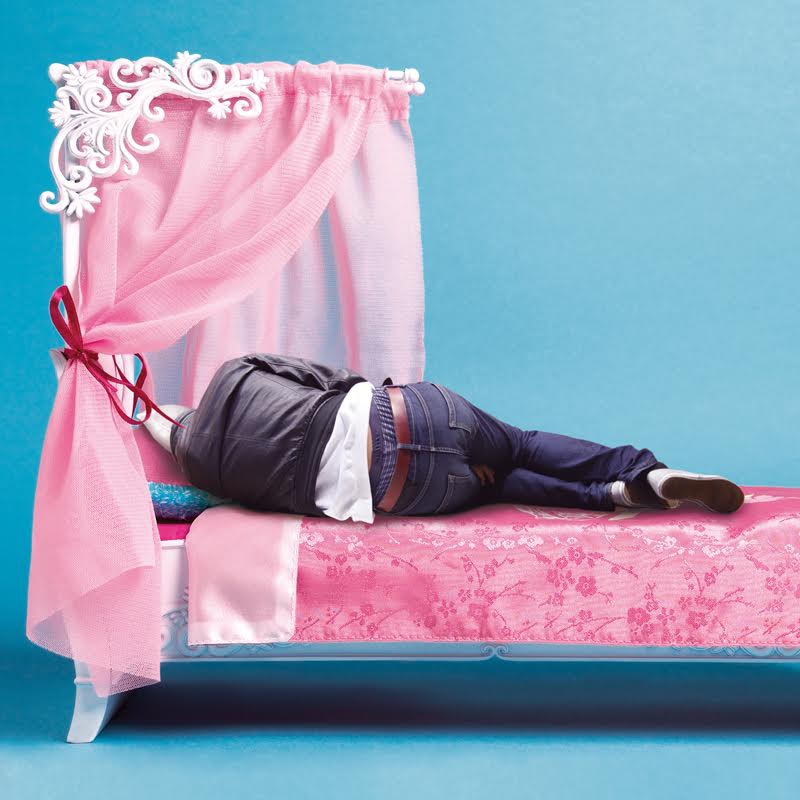“Quarantined Visions” continues with a selection of work from artists locked down in Italy. The first installment of this series exposed artwork from China, the country that suffered through the original outbreak and quarantine brought on by COVID-19. Part Duo takes us to Italy, the first European country to impose nationwide restrictions, and an extroverted society uniquely unsuited for a viral contagion.
This author’s girlfriend has Italian family; upon hearing that the virus was spreading there, she warned of dire consequences. The culture of towns and cities in Italy “is intensely social…with everyone saying, Andiamo al Bar daily to chat, drink, hug and gossip”. This familial physicality, along with an aging and vulnerable population, created the perfect COVID storm and necessitated one of the most rigorously enforced quarantines in the world. It was, as one artist put it, an “imprisonment.” Since February 22, when lockdowns began, there have been at least 243,500 confirmed cases of coronavirus with 34,997 people dead—although a recent government study suggests that many more Italians may have succumbed than the official numbers let on.
But now, as of this writing, Italy has officially crushed its curve.
During it all, there were positive gestures that reflected the culture’s natural exuberance and tenacity. The challenge of total lockdown was met with music, performance and prosecco toasts across streets with glasses attached to poles. It was also accompanied by artists continuing to make new pieces in direct connection thematically to the “quarantina” (a word, salient to this context, that comes from “quarantena” in the old Venetian language, meaning “forty days” —the length of isolation practiced to prevent the spread of the bubonic plague). Often, the artists featured in this article found themselves diverting or improvising from their normal practices, as access to studios were prohibited for many. The following is a small selection of work from all over a country just emerging from a national nightmare.

Antonello Tagliafierro, Let’s Hope to Be Free Soon,1975-2020, photograph, acrylic
Antonello Tagliafierro’s pre-COVID practice was mainly abstract, but lockdown led him to alter an old photograph in an image that, while titled Let’s Hope to Be Free Soon, very much speaks for itself. Tagliafierro (b. 1952, lives and works on Caserta) studied at the Academy of Fine Arts in Naples, and started producing art around the mid-’70s, with paintings inspired by the images of the mass media, mixed with more public political interventions.

Pietro Campagnoli, 2020, “Stone 3”, 170x55x65 cm, resin
The idea of the enclosed body yearning to be free is also a theme in Pietro Campagnoli’s monumental sculptures based on body casts. Campagnoli (b. 1994, Turin), grew up with the challenge of Asperger’s syndrome, and his difficulty relating in high school was perhaps what drew him into art. He creates his sculptures by soaking wet blankets in gypsum, placing them on living bodies and waiting for them to solidify. The works are faceless, empty shells, “like a chrysalis.”

Emilia Castioni, “Uomo a Letto”, 2020, 23cmx23cm, photograph
The new work of photographer Emilia Castioni is striking in its eccentricity and poignancy. Born 1979 in Sarnico, she grew up and works in a commune not far from the hard-hit Bergamo region in Northern Italy – an area that saw 5000 deaths in one month. In the lockdown period she “reflected on the feeling of suspension of time”; these images were meant in some ways to express the whiplash she felt after being “incarcerated” after living a hectic life.
Carla Viparelli (Naples, b. 1959), like many of the Italian artists represented here, is a polymath, practicing in many different formats such as video, painting, installation and drawing. Her short piece, “Stop the River”, plays with our expectations of time, movement and teeters intriguingly between anxiety and calm. See her paintings and other works at http://www.carlaviparelli.it.

Fabio Giampietro, Soundscape, 2020, acrylic on canvas
The notion of “escape” is realized in another dimension with Fabio Giampietro’s wild city-ships. Giampietro quarantined in Milan, where he was born in 1974. He is best known for a unique exhibition called “Hyperplanes of Simultaneity” where he combined his dizzying cityscapes with virtual reality.

Luciano Romano, Siamo onde dello stesso mare (We are Waves of the Same Sea), 2020, mixed media
Luciano Romano (b. 1958, Naples) is renowned for his photography, much of which is architecturally-based, and naturally requires an ability to roam and explore to prosper. He shifted to manipulated mixed media work during lockdown, including this moody tableaux called Siamo onde dello stesso mare (We are Waves of the Same Sea). Peruse his award-winning photography at: http://www.lucianoromano.com

Pierpaolo Lista, e non bastano ancora (and they are still not enough), 2020, photograph
“QV:Italy” ends with a singular image by Pierpaolo Lista (Salerno, 1977), called “e non bastano ancora (and they are still not enough)” – a work like Tagliafierro’s piece in that it needs no explanation in our culture’s sad and poignant present context. His glass painting and photography are featured in: https://www.pierpaololista.it.
Finally, a big “grazie” goes out to a number of professional colleagues that provided invaluable help with this article: Valentina Rippa, an independent art curator based in Naples; Curator Cynthia Penna; Liz Gordon, famous in LA for the “Loft at Liz’s”, and artist Carla Viparelli for her excellent curatorial hook-ups. And, to everyone, be safe.

